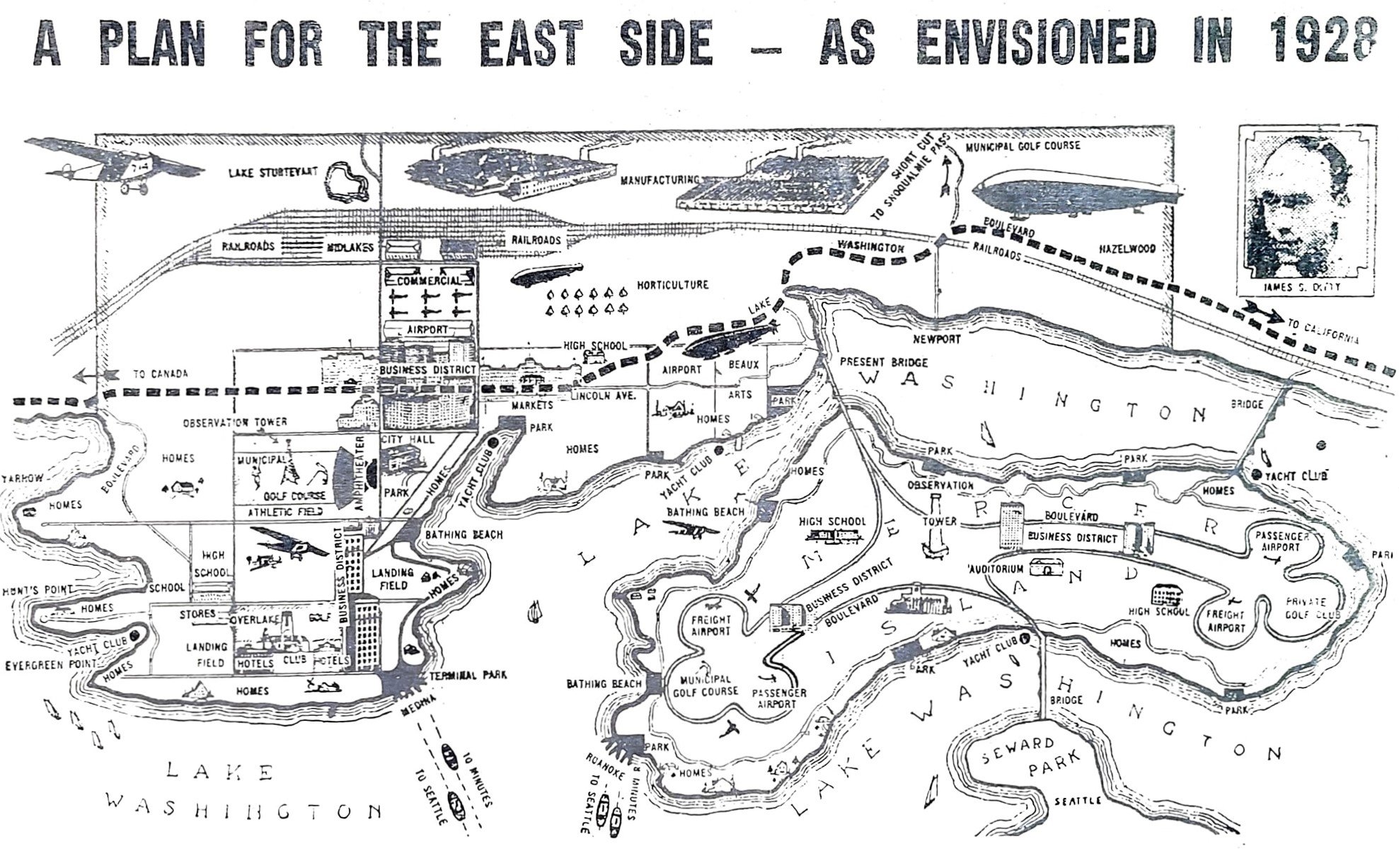The Alaska-Yukon-Pacific Exposition (A-Y-P) is considered to be Washington’s first “world’s fair.” The A-Y-P was mandated by the Washington State Legislature to provide a venue to display the advantages of living in this region. It brought prosperity and riches to the Pacific Northwest and Washington state had much to be proud.
Nancy Larson and Olga Carlson, undated. (83.99.19)
The A-Y-P was held on the University of Washington campus between June 1 and October 16, 1909, and hosted nearly 3 million visitors and tourists. Exhibits were presented by foreign nations, western states, and numerous business, scientific, artistic, and social organizations.
Every day at the fair was special! Olga Carlson came with her family from what is now Happy Valley, Redmond, for Swedish Day. She kept a diary and the following is her entry for the day:
“When I was going to Seattle to see the fair, Nancy, Elsie, Helen, and I wanted Grandpa to come with us. We begged him to go but he just teased us. We knew he would buy us something nice, at least he went with us to Seattle.
He took us to see a lion which was very big. He took us for a ride in a boat on the Yukon River which I liked very much. We went round three times. Then he took us for a ride on a train, which frighted me very much. It went up and down all the time and sometimes it would go through a tunnel. He took us for a ride on a big wheel called a ferris wheel. It went round three times and when it came to the top it would stop. I enjoyed riding on it very much.
He brought us ice cream cones and many nice things which we liked very much. We went to see the University Grounds two times. First in the day time and then at night. We heard many people sing. We saw the parade. One of my sister’s friends in Seattle was in the parade. The day we went to Seattle was called the Swedish Day.”
Chinese Village during a parade, with Ferris wheel to the right, Pay Streak, Alaska-Yukon-Pacific Exposition, Seattle, Washington, 1909. University of Washington Libraries, Special Collections, AYP600
**Swedish Day was celebrated July 31st and had up to 40,352 admissions. Festivities began with a parade in Swedish national costumes.
Resources:
Eastside Heritage Center, Lester Olson Collection
Alaska-Yukon-Pacific Exposition : A Timeline History: Alan Stein, Paula Becker and the HistoryLink Staff, 2009
University of Washington Special Collections
4Culture AYP Curriculum Project 2009




























